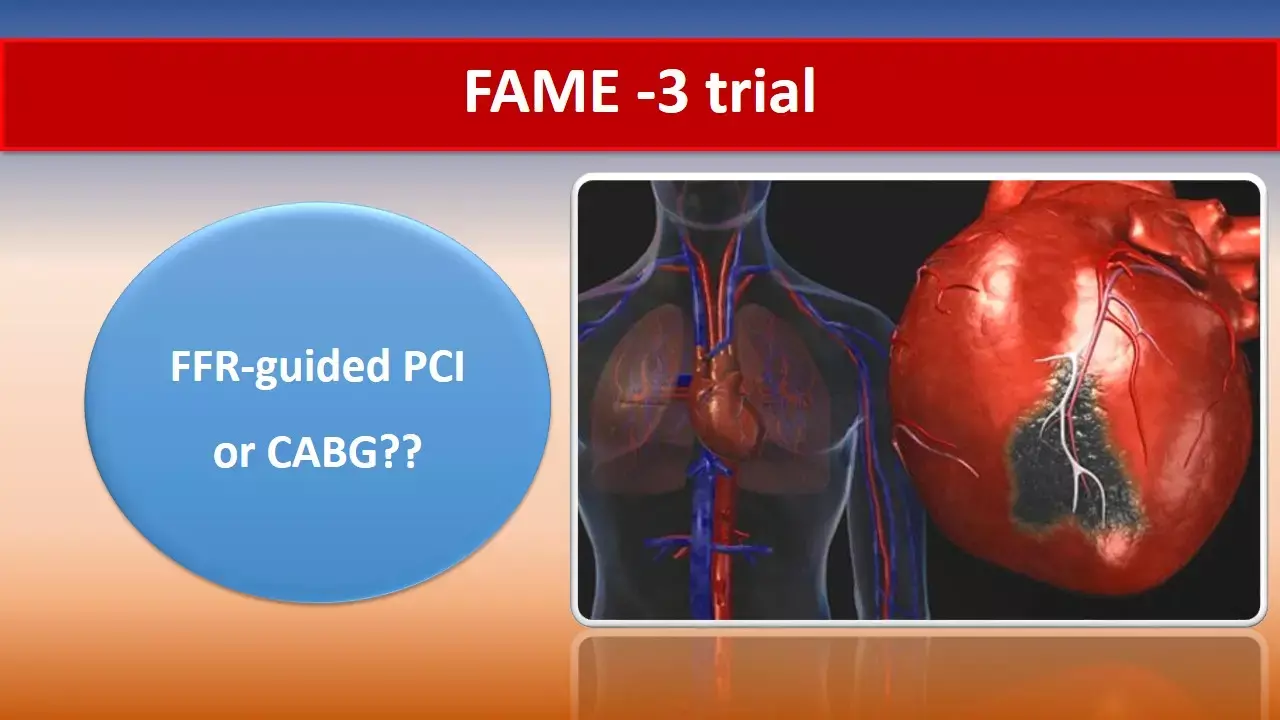- Home
- Medical news & Guidelines
- Anesthesiology
- Cardiology and CTVS
- Critical Care
- Dentistry
- Dermatology
- Diabetes and Endocrinology
- ENT
- Gastroenterology
- Medicine
- Nephrology
- Neurology
- Obstretics-Gynaecology
- Oncology
- Ophthalmology
- Orthopaedics
- Pediatrics-Neonatology
- Psychiatry
- Pulmonology
- Radiology
- Surgery
- Urology
- Laboratory Medicine
- Diet
- Nursing
- Paramedical
- Physiotherapy
- Health news
- Fact Check
- Bone Health Fact Check
- Brain Health Fact Check
- Cancer Related Fact Check
- Child Care Fact Check
- Dental and oral health fact check
- Diabetes and metabolic health fact check
- Diet and Nutrition Fact Check
- Eye and ENT Care Fact Check
- Fitness fact check
- Gut health fact check
- Heart health fact check
- Kidney health fact check
- Medical education fact check
- Men's health fact check
- Respiratory fact check
- Skin and hair care fact check
- Vaccine and Immunization fact check
- Women's health fact check
- AYUSH
- State News
- Andaman and Nicobar Islands
- Andhra Pradesh
- Arunachal Pradesh
- Assam
- Bihar
- Chandigarh
- Chattisgarh
- Dadra and Nagar Haveli
- Daman and Diu
- Delhi
- Goa
- Gujarat
- Haryana
- Himachal Pradesh
- Jammu & Kashmir
- Jharkhand
- Karnataka
- Kerala
- Ladakh
- Lakshadweep
- Madhya Pradesh
- Maharashtra
- Manipur
- Meghalaya
- Mizoram
- Nagaland
- Odisha
- Puducherry
- Punjab
- Rajasthan
- Sikkim
- Tamil Nadu
- Telangana
- Tripura
- Uttar Pradesh
- Uttrakhand
- West Bengal
- Medical Education
- Industry
CABG better than FFR-guided PCI for multivessel CAD, FAME-3 study.

Addressing on of the most fraught debates in the history of interventional cardiology, the recently published FAME-3 trial has yet again established the superiority of CABG over percutaneous intervention (PCI) even after ascertainment of physiological significance of coronary lesions using fractional flow reserve (FFR). The results now published in NEJM show that FFR-guided PCI failed to meet the non-inferiority margin for 1 year MACCE outcomes when compared to CABG in patients with triple vessel disease.
FFR, a measure of the pressure gradient across a coronary lesion, is technically easy to assess, and trials have shown better out-comes when PCI is guided by FFR than when it is guided by angiography alone as shown by previous FAME trials. It has not been clear whether its use to guide PCI might make PCI a reasonable alternative to CABG for patients with multivessel coronary disease.
Addressing this question, in this multicenter, international, noninferiority trial, the investigators randomly assigned 1500 patients with triple vessel diasease to CABG or FFR-guided PCI. The primary end point was the 1-year occurrence of a major adverse cardiac or cerebrovascular event (i.e., death from any cause, myocardial infarction, stroke, or repeat revascularization).
The trial participants were relatively healthy, with a mean age of 65 years and a mean body-mass index of 29. Diabetes was present in 29% of the patients, and a minority had an ejection fraction of less than 50%. The complexity of coronary disease was relatively high.
The 1-year incidence of the composite primary end point was 10.6% among patients randomly assigned to undergo FFR-guided PCI and 6.9% among those assigned to undergo CABG.
The trial was underpowered for components of the composite primary outcome; mortality was 1.6% in the PCI group and 0.9% in the CABG group, and repeat revascularization occurred in 5.9% of the patients in the PCI group and 3.9% in the CABG group. Short-term risks of bleeding, arrhythmia, and rehospitalization were all significantly higher with CABG.
How do we incorporate this information into practice?
First, the totality of the data to date supports CABG as the standard of care for patients with stable multivessel coronary disease when the overall surgical risk is not high, when the complexity and burden of angiographic disease is high, and when diabetes is present.
Second, although the use of FFR may improve outcomes in patients undergoing PCI, FFR-guided PCI does not result in outcomes as good as those of CABG in patients with angiographically defined multivessel coronary disease.
Too long a road for PCI!!
"A putative advantage of CABG in this context is that the use of surgical grafts bypasses not only the flow-limiting lesion but also a substantial length of coronary vessel, and subsequent atherothrombotic events along that length are rendered less impactful. This advantage is not addressed by the improved selection of lesions for PCI by FFR", notes Frederick G.P. Welt, M.D. in an accompanying editorial.
The FAME 3 trial bolsters the role of CABG as the benchmark for patients with multivessel coronary disease. However, a multidisciplinary approach and shared decision making remain fundamental to the management of multivessel coronary disease in our daily practices.
Source: NEJM:
1. DOI: 10.1056/NEJMoa2112299
2. DOI: 10.1056/NEJMe2117325
MBBS, MD , DM Cardiology
Dr Abhimanyu Uppal completed his M. B. B. S and M. D. in internal medicine from the SMS Medical College in Jaipur. He got selected for D. M. Cardiology course in the prestigious G. B. Pant Institute, New Delhi in 2017. After completing his D. M. Degree he continues to work as Post DM senior resident in G. B. pant hospital. He is actively involved in various research activities of the department and has assisted and performed a multitude of cardiac procedures under the guidance of esteemed faculty of this Institute. He can be contacted at editorial@medicaldialogues.in.
Dr Kamal Kant Kohli-MBBS, DTCD- a chest specialist with more than 30 years of practice and a flair for writing clinical articles, Dr Kamal Kant Kohli joined Medical Dialogues as a Chief Editor of Medical News. Besides writing articles, as an editor, he proofreads and verifies all the medical content published on Medical Dialogues including those coming from journals, studies,medical conferences,guidelines etc. Email: drkohli@medicaldialogues.in. Contact no. 011-43720751


